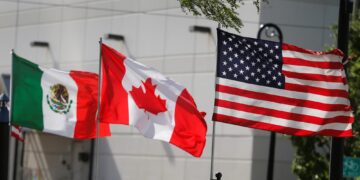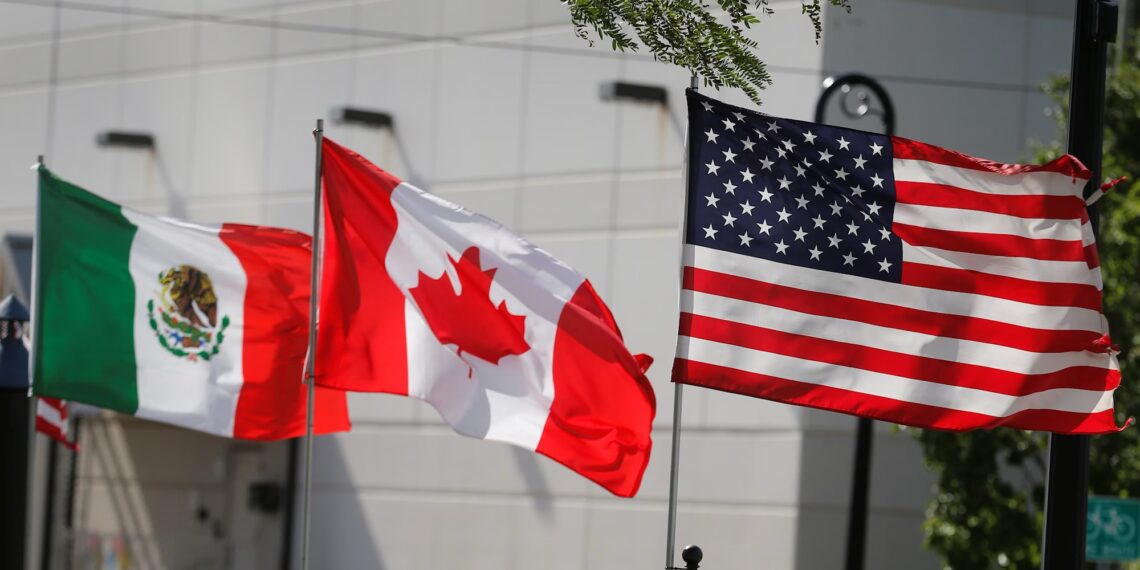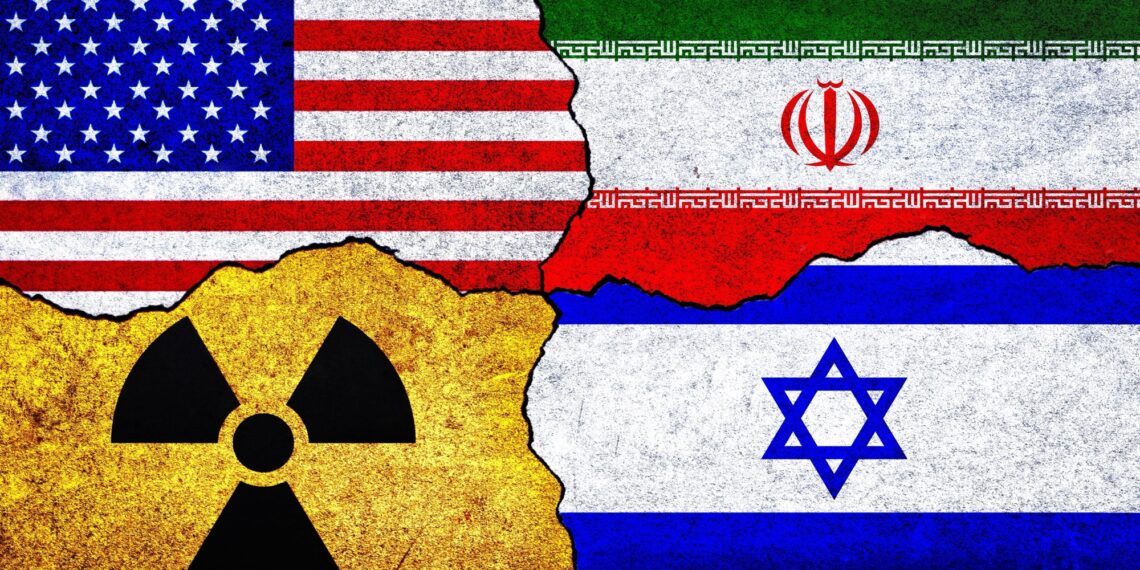U.S. President Donald Trump is expected to announce new tariffs on imports from Canada and Mexico, which will take effect on March 1, according to three sources familiar with the administration’s plans. The upcoming tariffs will include a mechanism for the two countries to apply for specific exemptions on certain imports, a move that signals some flexibility within the policy.

Although the details remain fluid and no final decision has been made, the sources indicated that Trump has consistently pushed for a 25% tariff on imports from both countries. The final announcement is expected once the president publicly confirms the decision.
An administration official, speaking anonymously, explained that Trump spent Friday reviewing tariff plans and possible exemptions. However, exemptions are expected to be limited, with the official stating that they would be granted “few and far between.”
The looming tariffs have the potential to disrupt financial markets and add strain to the U.S.’s trade relationships with Canada and Mexico, both of which are key trading partners. However, the Trump administration’s approach—offering a 28-day grace period before implementation and an exemption process—indicates a more cautious strategy compared to previous tariff measures.
This delay would provide time for negotiations, giving Canada and Mexico an opportunity to address Trump’s underlying objectives, which are linked to broader issues beyond trade. Specifically, the administration seeks commitments from both countries to address concerns over illegal immigration and the flow of fentanyl into the U.S.
These tariffs represent the latest step in Trump’s broader effort to leverage economic pressure as a means of achieving policy goals, particularly regarding border security and trade imbalances. By offering a path for exemptions, the administration appears to be seeking cooperation while maintaining leverage over its neighbors.
Observers will be closely watching how Canada and Mexico respond to the proposed tariffs and whether the exemption process will mitigate potential trade disruptions. Markets are expected to react sharply once the details of the tariff rates and conditions are officially revealed.












